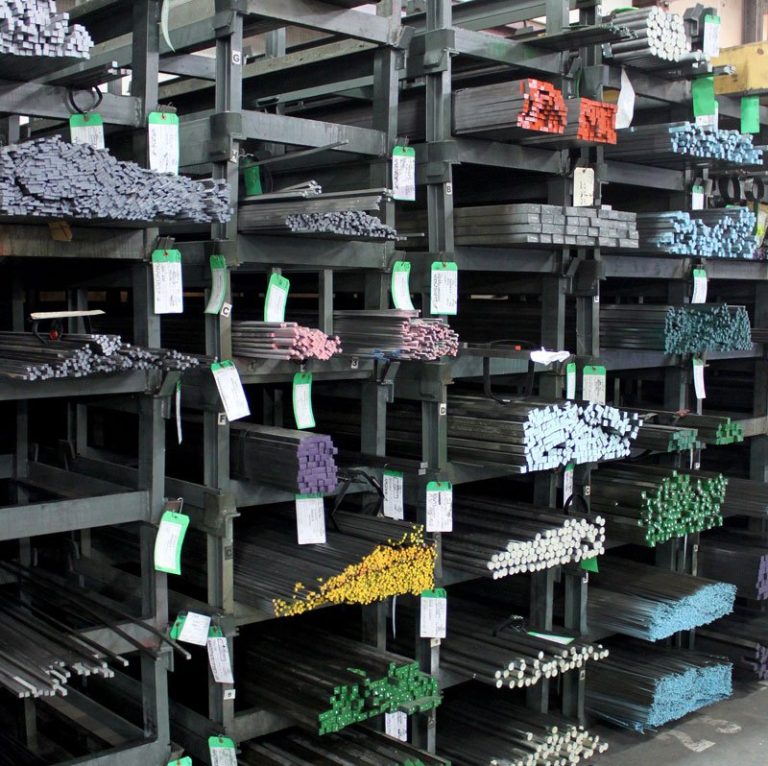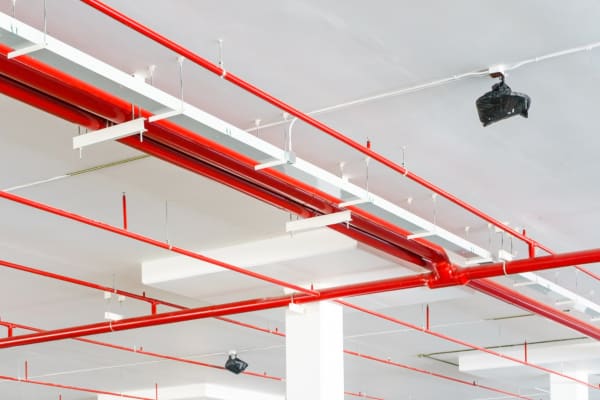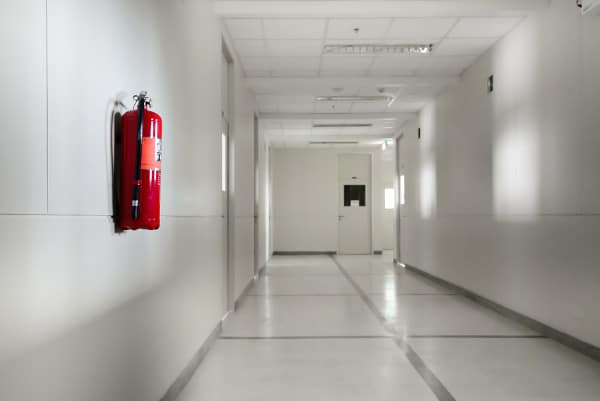The Effect of Back Pressure on a Vortex Tube Part 2, Calculating Btu/Hr.
My previous blog post was about how Vortex Tubes react when there is back pressure due to a restriction on either the hot or cold discharge of the Vortex Tube. In it I mentioned that there is a formula to calculate what the cooling capacity (Btu/Hr) will be if there is no way to avoid operating the Vortex Tube without back pressure on the discharge. That is the calculation focus of this blog – calculating Btu/hr of a Vortex Tube with back pressure.
To continue with the same example, the calculations from the previous blog are shown below. Last time the example Vortex Tube was operating at 100 psig inlet pressure, 50% cold fraction, and 10 psi of back pressure. We will need some additional information to determine the Btu/Hr capacity. The additional information needed is the temperature of the supplied compressed air as well as the ambient air temperature desired to maintain. For the example the inlet compressed air will be 70°F and desired ambient air temperature to maintain will be 90°F.
(100 psig + 14.7 psia) / (10 psig + 14.7 psia) = X / 14.7 psia
4.6437 = X / 14.7
X= 14.7 * 4.6437
X = 68.2628
(Values have been rounded for display purposes)
The calculation above gives the compensated operating pressure (X = 68.2628) which will be needed for the BTU/hr calculation. The rated air consumption value of the Vortex Tube will also need to be known. A 30 SCFM rated generator will be used for this example, the normal BTU capacity of a Vortex Tube with a 30 SCFM generator is 2,000 BTU/hr.
First, determine the new consumption rate by establishing a ratio of the compensated pressure (68.2628 psi) against the rated pressure (100 psi) at absolute conditions (14.7 psia).
(68.2628 PSIG + 14.7 (atmospheric pressure)) / (100 PSIG (rated pressure) + 14.7) = .7233
.7233 x 30 SCFM = 21.7 SCFM Input
Second, the volumetric flow of cold air at the previously mentioned cold fraction (50%) will be calculated. To do this multiply the cold fraction setting (50%) of the Vortex Tube by the compensated input consumption (21.7 SCFM) of the Vortex Tube.
50% cold fraction x 21.7 SCFM input = 10.85 SCFM of cold air flow
Third, the temperature of air that will be produced by the Vortex Tube will need to be calculated. For this consult the Vortex Tube performance chart which is shown below. To simplify the example the compensated operating pressure (68.2628 psi) will be rounded to 70 psig and to obtain the 70 psig value the mean between 80 psig and 60 psig performance from the chart will be used.

For the example: A 70 psig inlet pressure at 50% cold fraction will produce approximately an 88°F drop.
Fourth, subtract the temperature drop (88°F) from the temperature of the supplied compressed air temperature (70°F).
70°F Supply air – 88°F drop = -18°F Output Air Temperature
Fifth, determine the difference between the temperature of the air being produced by the Vortex Tube (-18°F) and the ambient air temperature that is desired (90°F).
90°F ambient – -18°F air generated = 108°F difference.
The sixth and final step in the calculation is to apply the answers obtained above into a refrigeration formula to calculate BTU/hr.
1.0746 (BTU/hr. constant for air) x 10.85 SCFM of cold air flow x 108°F ΔT = 1,259 BTU/hr.
In summary, if a 2,000 BTU/hr. Vortex tube is operated at 100 psig inlet pressure, 50% cold fraction, 70°F inlet air to maintain a 90°F ambient condition with 10 psi of back pressure on the outlets of the Vortex Tube the cooling capacity will be de-rated to 1,259 BTU/hr. That is a 37% reduction in performance. If a back pressure cannot be avoided and the cooling capacity needed is known then it is possible to compensate and ensure the cooling capacity can still be achieved. The ideal scenario for a Vortex Tube to remain at optimal performance is to operate with no back pressure on the cold or hot outlet.
Brian Farno
Application Engineer Manager
BrianFarno@EXAIR.com
@EXAIR_BF




